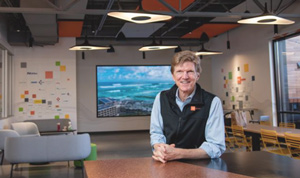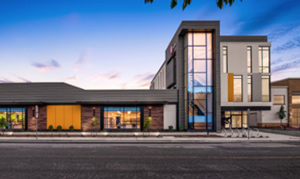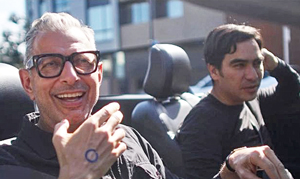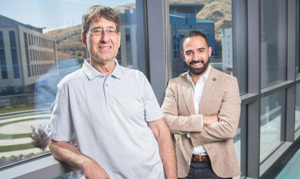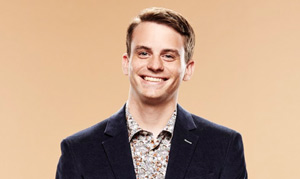Richard Yu, Ph.D., scientific and operations director for the QB3@953 incubator in San Francisco, told GEN his facility is also heeding the need for water conservation.
“I flagged a person for using cold running water to cool an eletrophoresis gel and begged them to use a recirculating water chiller, and then hooked them up to someone using that,” Dr. Yu said. “Our autoclave and R.O. [reverse osmosis] water purifier use a lot of water for cooling and purification, respectively. We’re looking into solutions to reduce generation of, or reuse, “waste” water (in these examples, just warmed water or higher salt water). A large cistern to capture warmed water from the autoclave, and then letting it cool and recirculating it for later recooling, or some active electric chiller, are options we’re looking at but haven’t settled on anything yet.
Other biopharma users can be expected to embrace water conservation, as businesses in general have done in recent years, one close observer of California’s water challenges told GEN.
“We’ve seen this in the past, where our businesses immediately are able to increase production and reduce water usage by things like water reuse and recycling on site,” said Conner Everts, co-facilitator for the Environmental Water Caucus at Los Angeles Waterkeeper, a nonprofit whose advocacy centers on protecting and restoring Santa Monica Bay, San Pedro Bay, and adjacent waters.
From “California Drought Leaves Biopharma Thirsty for Answers,” a May 7 story in Genetic Engineering & Biotechnology News by reporter Alex Philippidis


